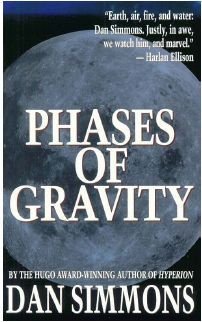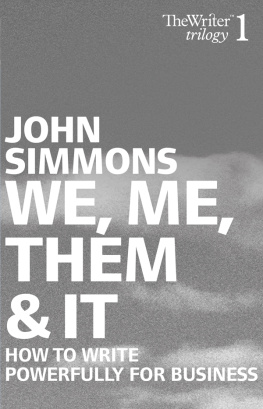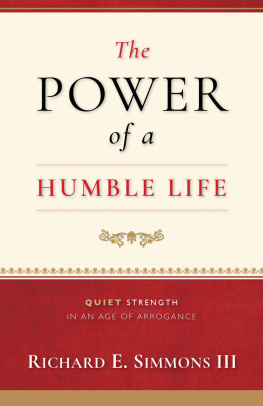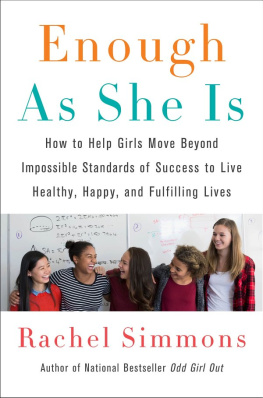
Copyright 2021 by Jemini, LLC
Hachette Book Group supports the right to free expression and the value of copyright. The purpose of copyright is to encourage writers and artists to produce the creative works that enrich our culture.
The scanning, uploading, and distribution of this book without permission is a theft of the authors intellectual property. If you would like permission to use material from the book (other than for review purposes), please contact permissions@hbgusa.com. Thank you for your support of the authors rights.
Running Press
Hachette Book Group
1290 Avenue of the Americas, New York, NY 10104
www.runningpress.com
@Running_Press
First Edition: October 2021
Published by Running Press, an imprint of Perseus Books, LLC, a subsidiary of Hachette Book Group, Inc. The Running Press name and logo is a trademark of the Hachette Book Group.
The Hachette Speakers Bureau provides a wide range of authors for speaking events. To find out more, go to www.hachettespeakersbureau.com or call (866) 376-6591.
The publisher is not responsible for websites (or their content) that are not owned by the publisher.
Library of Congress Control Number: 2021937577
ISBNs: 978-0-7624-7541-4 (hardcover), 978-0-7624-7539-1 (ebook)
Richard Simmons Stock photo credits from Getty: : Laura Cavanaugh / Stringer / Getty Images Entertainment
The following images are copyright by Getty Images Plus collection by the following contributers: voyata (); chaiyapruek2520 (page 219)
E3-20210813-JV-NF-ORI
RICHARD SIMMONS may be best-known to todays audiences as an enigmatic and elusive sprite with a hairdo as iconic as his wardrobe of short shorts and tank tops. But ask any one of the thousands who have taken his exercise classes, or the countless millions who have met him or seen him in person or on television, and they will tell you that theres so much more to Richard than meets the eye. Richards words, and the sincerity he put behind them, changed peoples lives. So its perhaps those folks who were inspired to take control of their lives who truly understand who Richard is, and what he believes. He believes that rather than filling your stomach with empty calories, you need to fill your heart with love. He believes that rather than wasting energy with worry or anxiety, you should channel your energy into exercising your body and your spirit. But, most importantly, Richard believes in you.
Whether it was through his exercise classes, television shows, books, Sweatin to the Oldies videos, Deal-a-Meal weight loss program, or even as a headliner on national mall tours or international cruises, Richards workouts worked out more than muscles; they allowed his fanshis friendsto shed not only pounds, but the emotional baggage that kept them too physically and spiritually weighed down to achieve their goals. Because, at the end of the dayor the classit wasnt about counting steps, it was about taking the steps to make a better, more fulfilling, and more authentic life.
And the reason millions of fans have been successful over the course of Richards 40-plus years in the spotlight is not just because Richard believed they could be, but because he helped them believe in their own success, too. Theyve been able to move their bodies to shed pounds, start new careers, grow their families, and become active, engaged, and joyful participants in their own livesand in the lives of their family and friends.
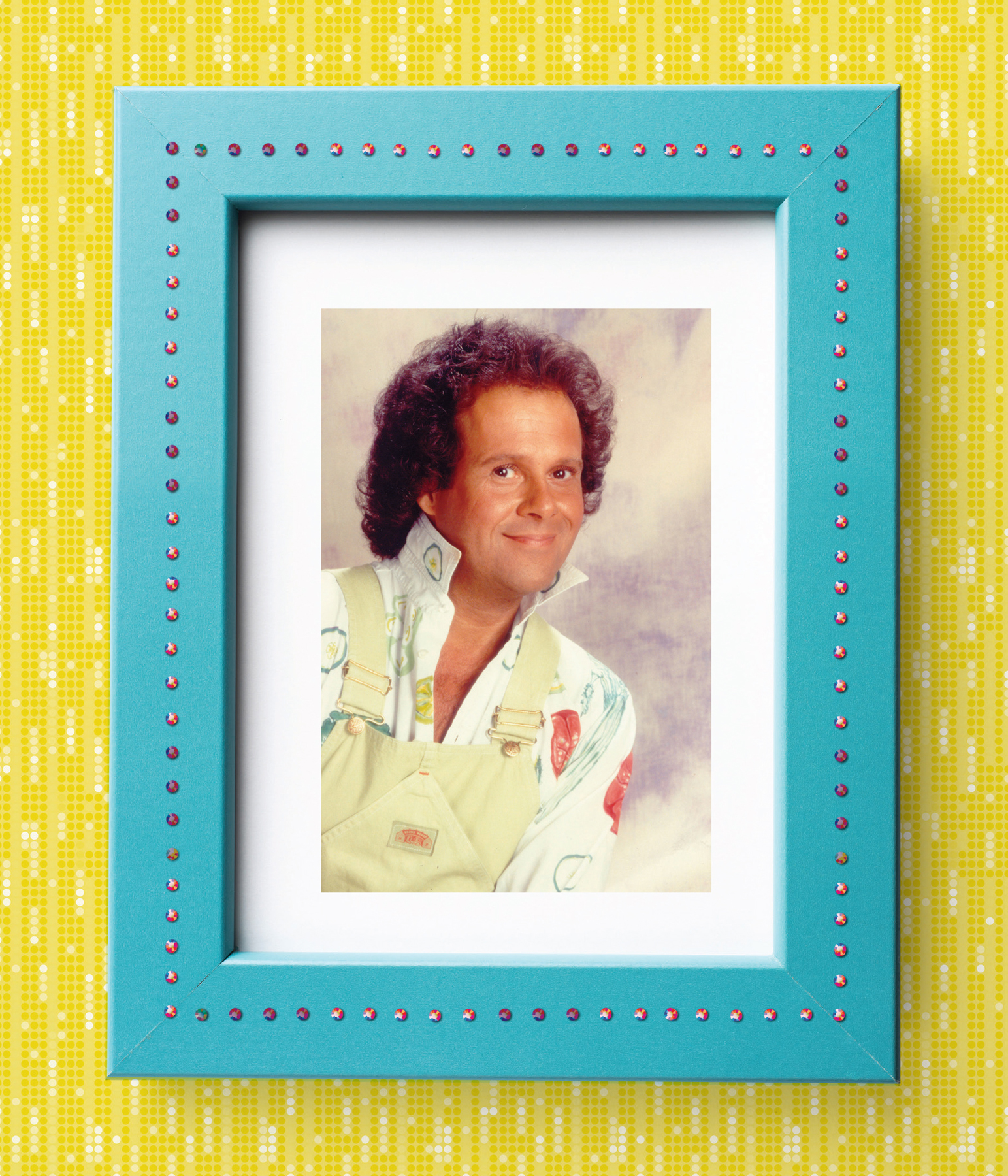
BEFORE HE ENCOURAGED OTHERS TO SWEAT TO THE OLDIES , Richard Simmons sweated in the heat and humidity of New Orleans French Quarter, where he was born to Shirley and Leonard Simmons as Milton Teagle Simmons, and (French) bread on a steady diet of spicy jazz and sweet desserts. By Richards own account, the Simmons family too often equated food with love, and the ritualization of mealtimes in the householdespecially the meticulously planned, multicourse suppers young Milton and his older brother Lenny enjoyedwould rival the elaborate rituals occurring during any religious service. By the time he reached high school, Milton weighed more than 250 pounds and was struggling.

Though the name Milton may have been perfect for an accountant, and his weight might have been perfect for a football player, both were ill-suited to the boys more outgoing and artistic personality. He found himself unable to take full advantage of the active lifestyle enjoyed by most of his peers. And though a portion of his weight was made up of several French Markets worth of smarts and sass, it was mostly just fatfat that resulted from a fundamentally dysfunctional relationship with food. He felt stuck. In his city, in his body, and in his mind-set. So, he decided to make some changes.
First was changing his name. He never felt like a Miltonwhatever a Milton was supposed to feel likeso he decided that he would be called Richard, after his beloved uncle. His family was supportive of the decision (perhaps in hopes that small changes would lead him to be less argumentative with his father and, maybe, less irreverent) and encouraged him to make other positive changes. Inspired by his friends mother, Richard decided to try to lose weight by attending local Weight Watchers meetings. But after some time, he found their methods less motivating than they were disheartening, so he quit. Richard came to realize that he wouldnt be able to rely on others to show him a path for success. He would have to look within himself to feeland betruly motivated to make the positive changes that would grant him control over his weight, his life, and his destiny.
In 1973, without a job or much of a plan, Richard packed his bags and moved west to Los Angeles to make his own way in the world. He spent his days working in restaurants and his off-hours trying to find a comfortable place to exercise and shed the pounds he had carried with him from New Orleans. Unfortunately, most of the gyms and studios at the time catered to an already-fit clientele and were not particularly welcoming to those whose bodies did not reflect a more traditional physical ideal. It was clear to Richard that overweight people were, in fact, an underserved community, and it reminded him of how he feltand the lessons he learnedback in New Orleans. He knew he could not look to others, but instead needed to dig deep within himself to be the change he wanted to see in himself, and the world.
In 1974, Richard opened his first exercise studio, the Anatomy Asylum. Decades before the terms body positivity and safe space were ever coined, the budding fitness guru was a pioneer in establishing the spirit of those now-ubiquitous phrases. Richard worked with medical professionals to ensure that he offered people of all shapes and sizes, all fitness levels, and all ages, a place where they could feel supported and motivated to exercise their way toward reaching their health and fitness goals. Before long, he changed the studios name to Slimmons, but the classes he offered remained fun, energetic, and thoughtful. Nobody was ever shamed for not losing weight. Instead, Richard tried to find novel ways to burn calories and keep dieters focused on their goals. He knew that the only true motivation for getting people to make changes in their life was to get them to believe that they were worth it. Everyone, Richard believed, was special, and deserving of as much health, love, and attention as anyone else. With this ethos permeating every class, members became family and friends who provided one another with ongoing emotional support, and, by way of their clear, measurable weight loss, Richard himself saw proof that his methods worked.
Next page

